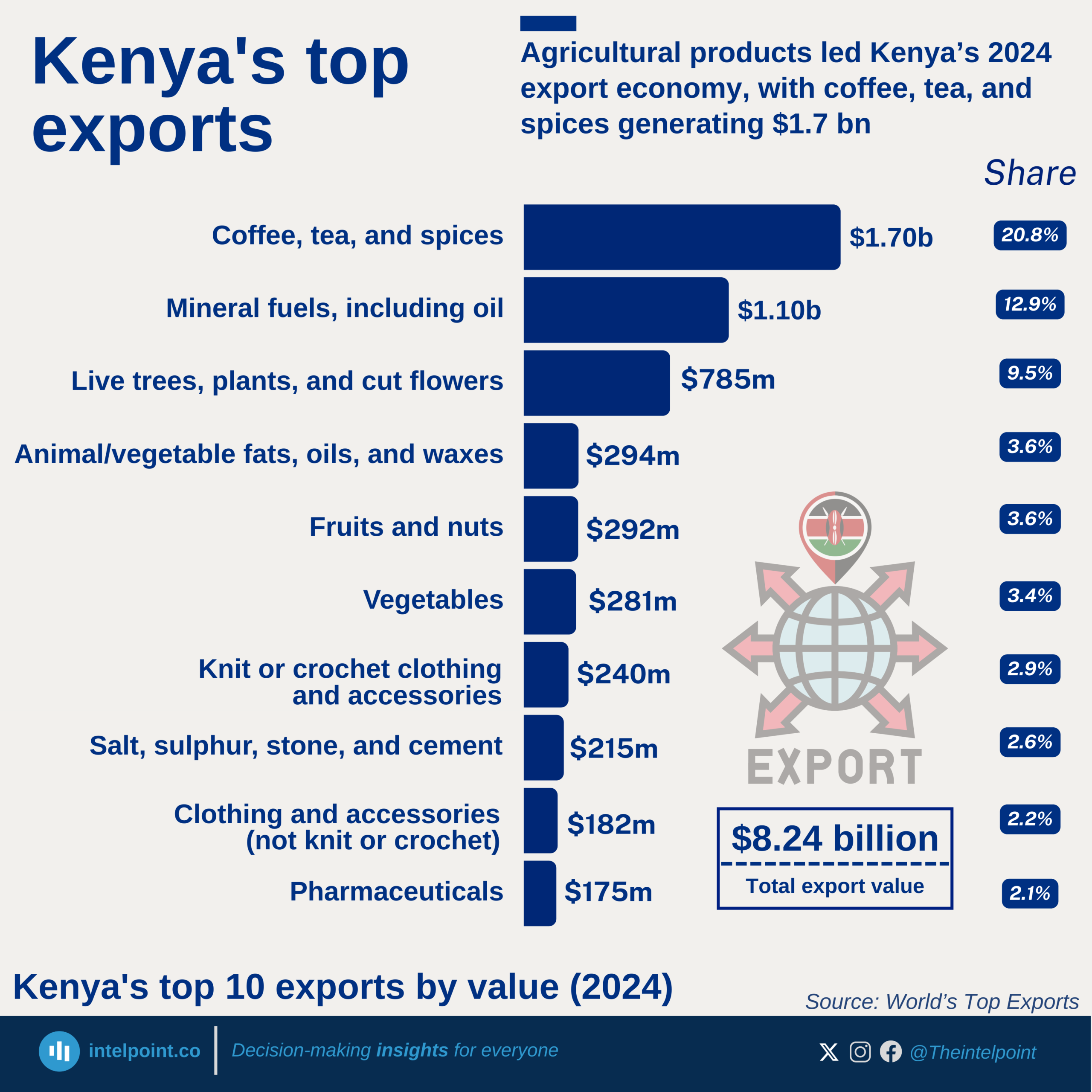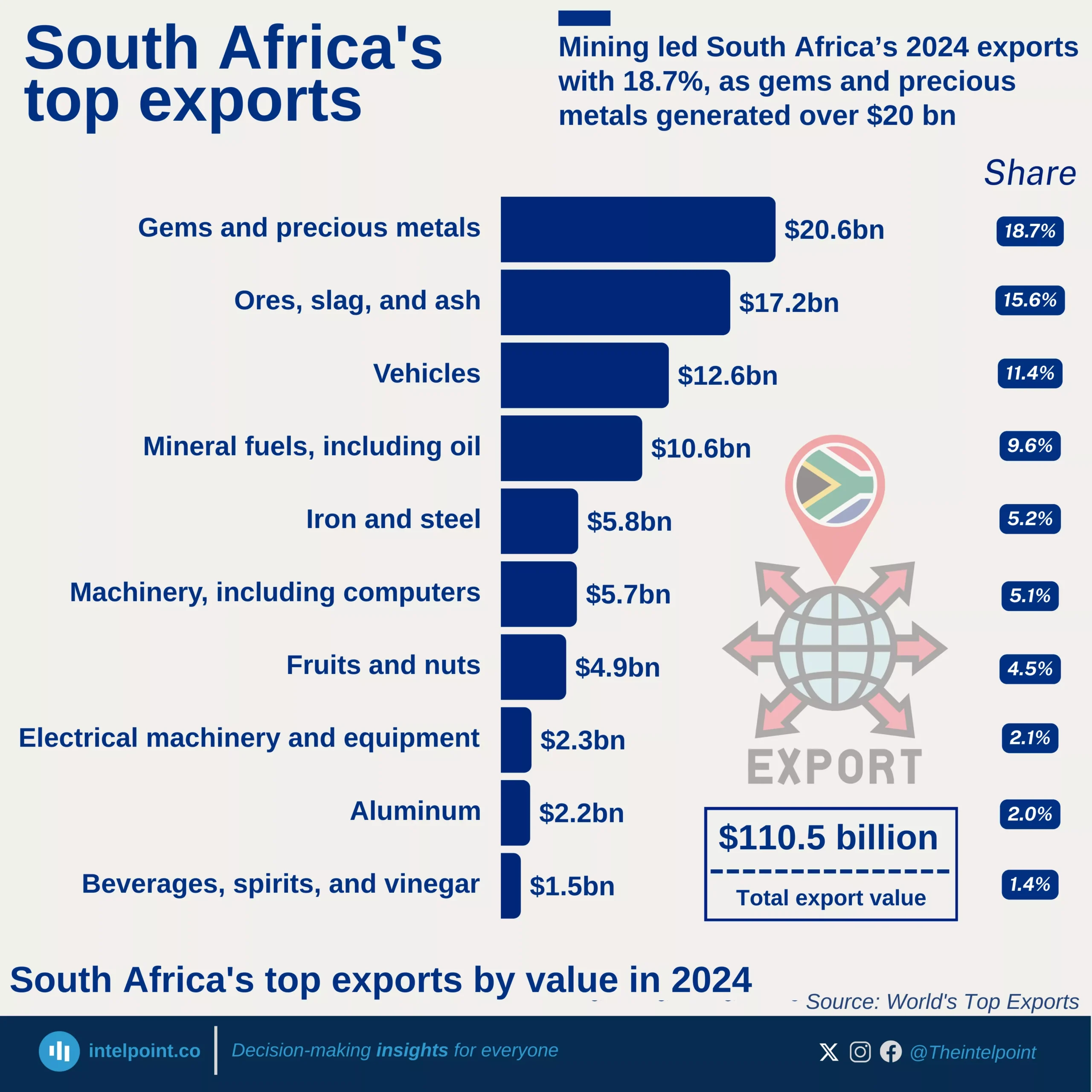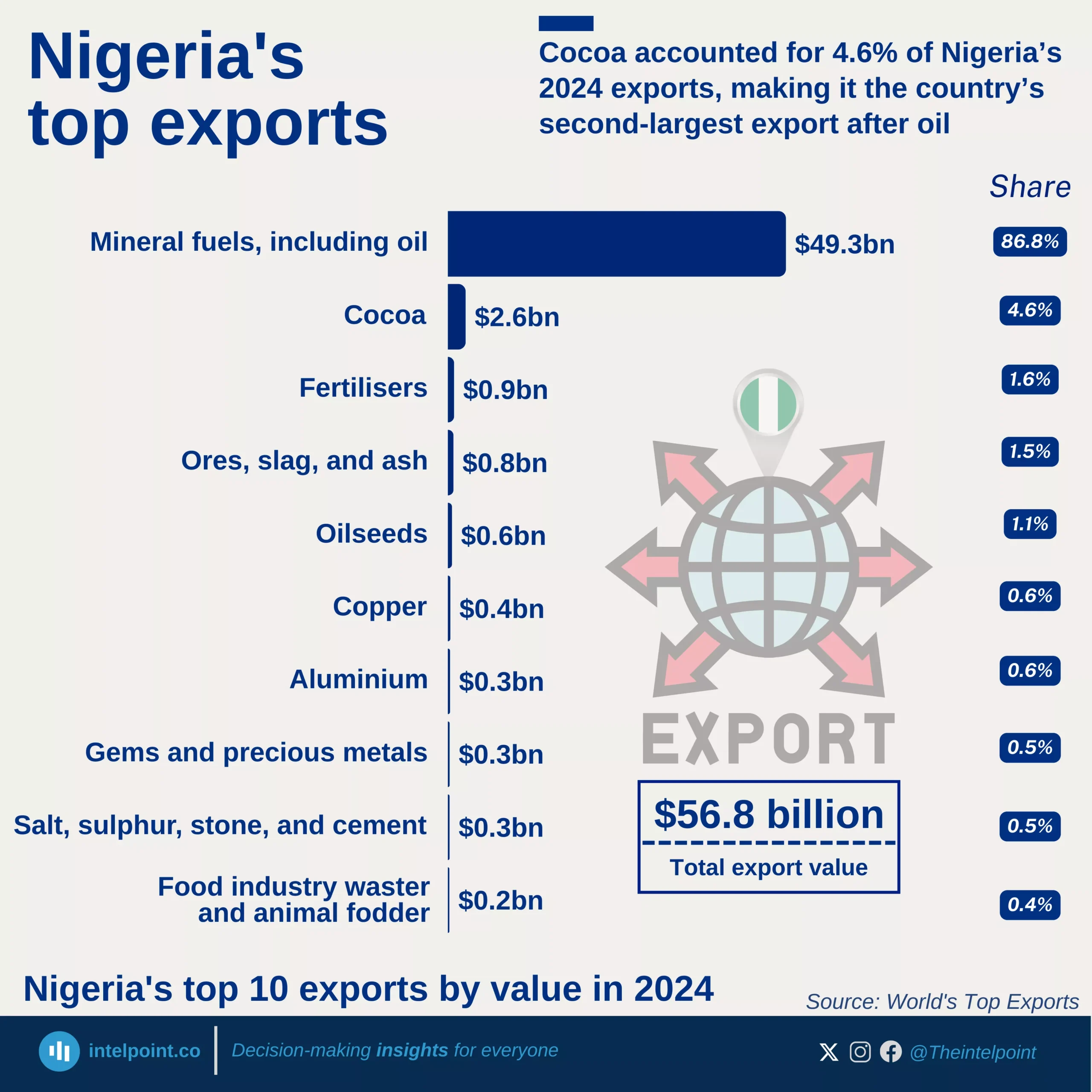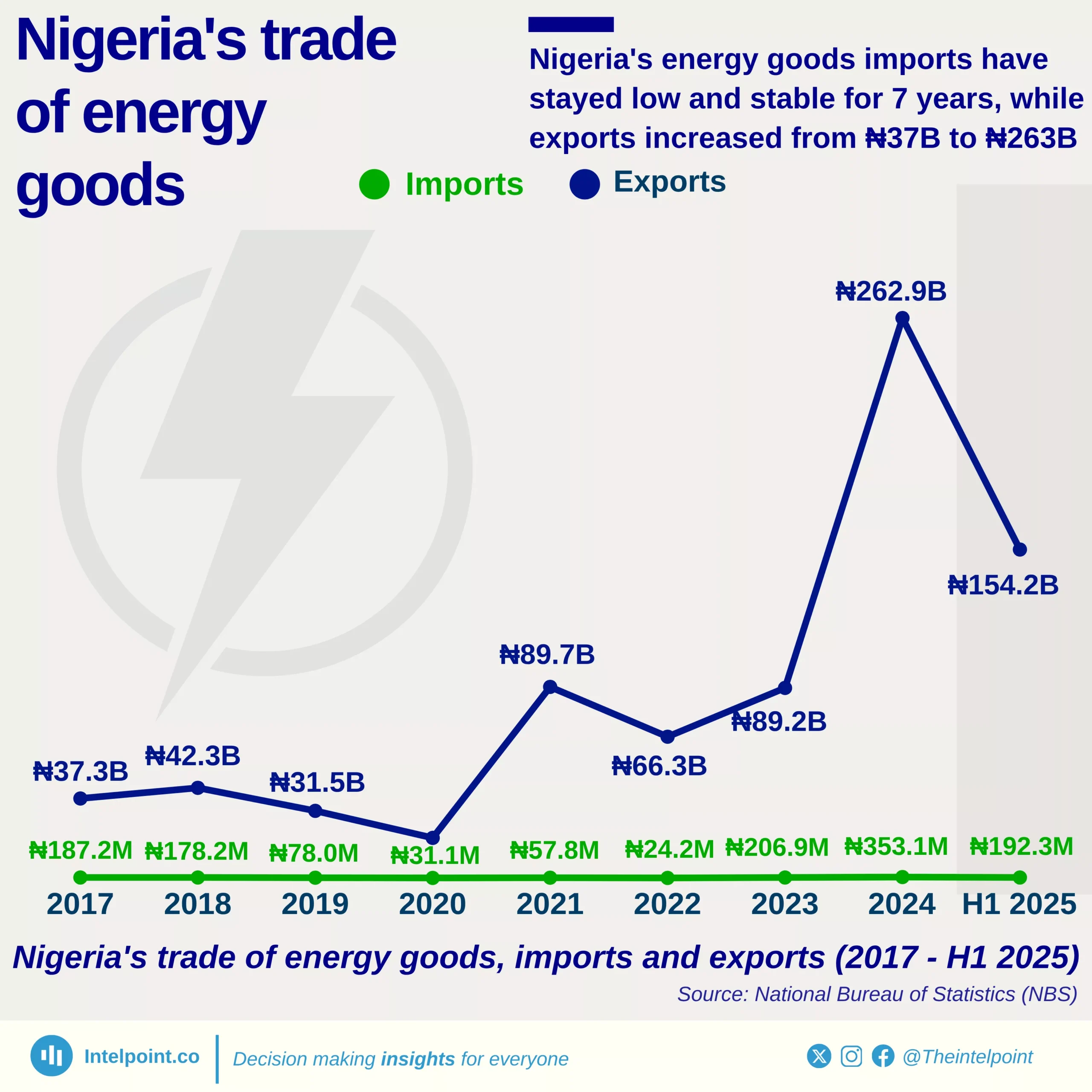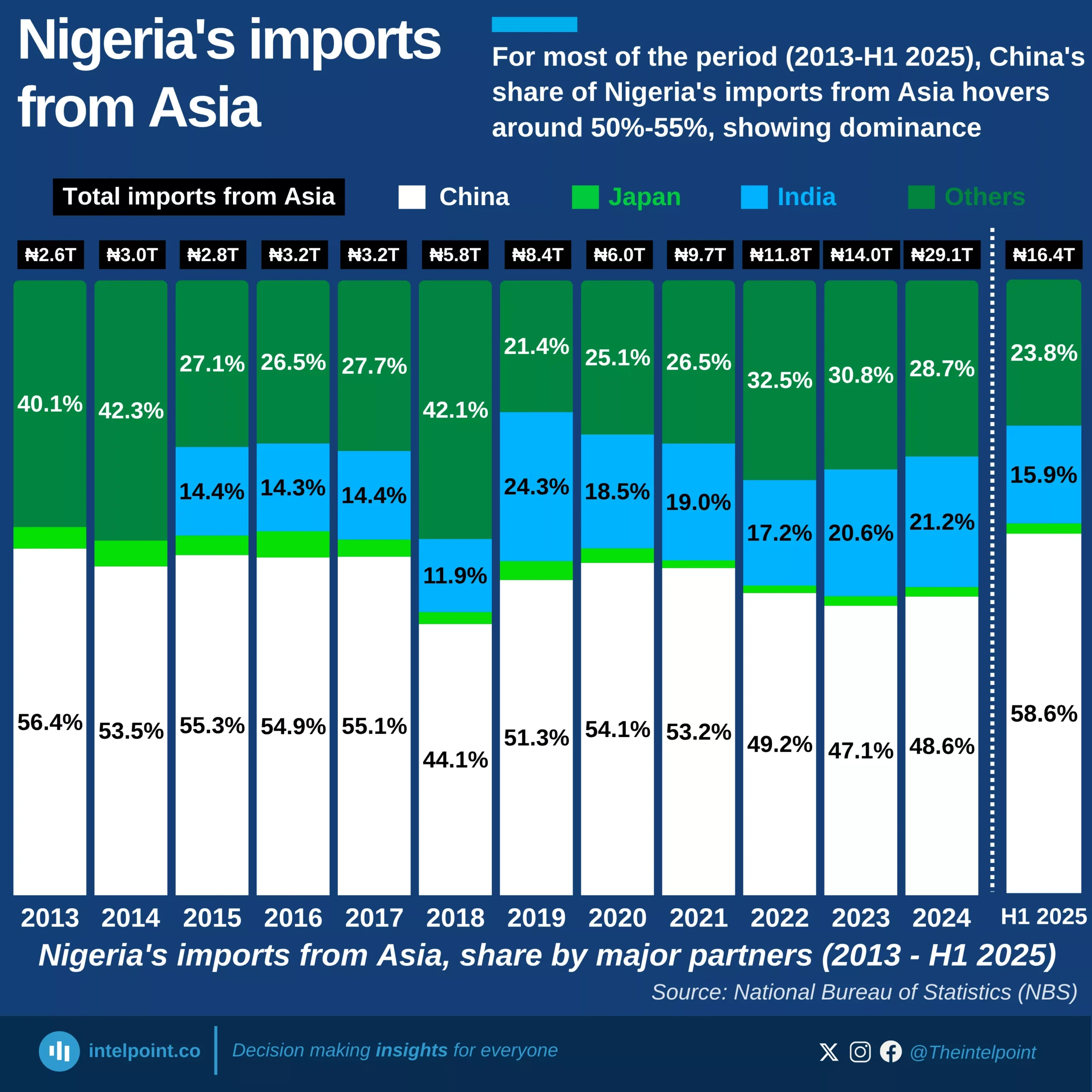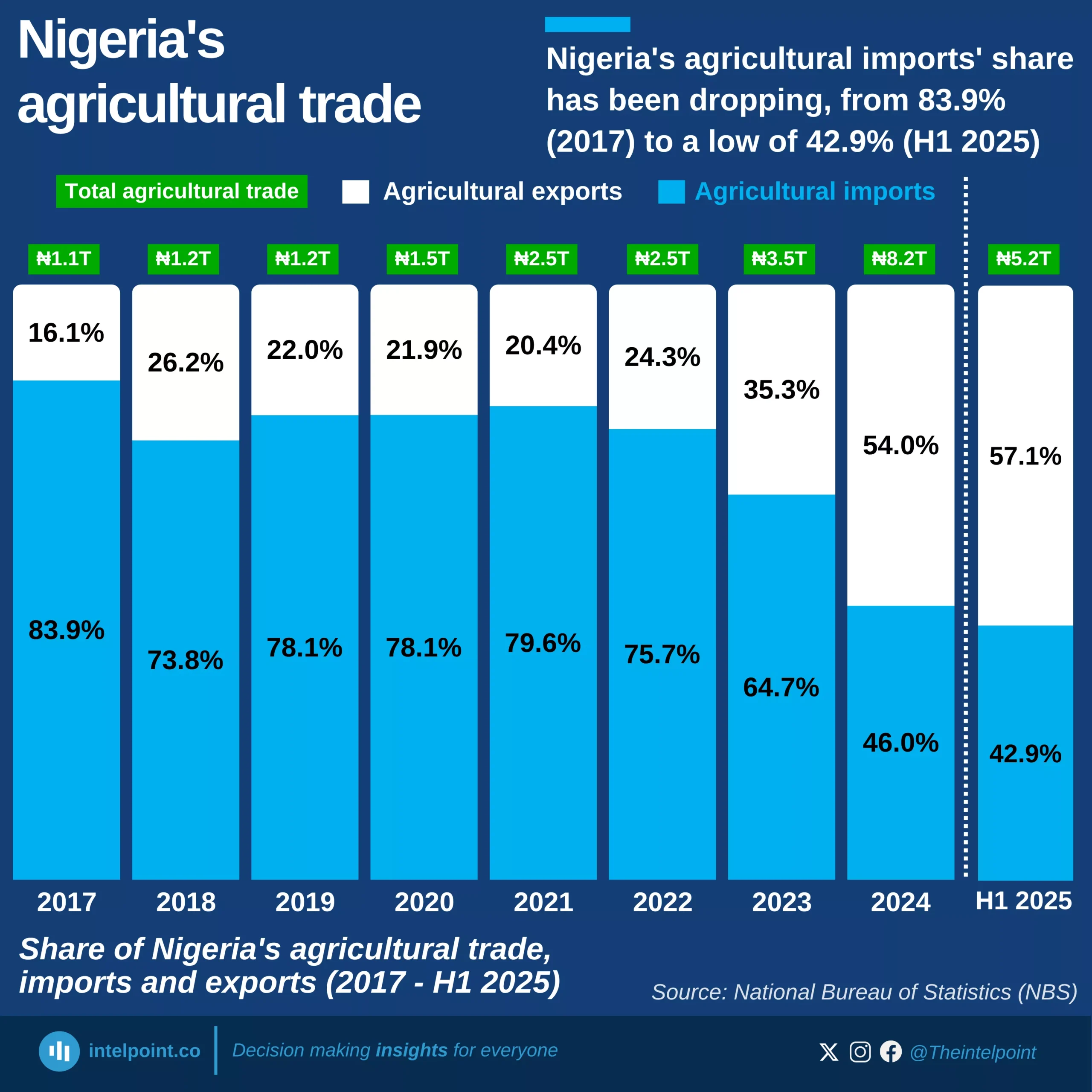Morocco has built a commanding lead in Africa’s digital services trade, recording a cumulative surplus of $26.4 billion between 2005 and 2024. This places it far ahead of Mauritius ($8.7 billion) and Tunisia ($4.4 billion), cementing its role as the continent’s most competitive digital exporter.
In 2024 alone, Morocco posted a surplus of $3.56 billion, the highest in Africa, ahead of Mauritius ($2.65 billion) and Tunisia ($621 million). Other countries like Kenya ($1.9 billion) and Togo ($1.1 billion) also managed to sustain long-term surpluses, but at much smaller scales.
On the flip side, Africa’s largest economies carry the deepest deficits. Nigeria (-$94.5 billion), Angola (-$97.8 billion), and Egypt (-$55.9 billion) have seen decades of heavy outflows on digital services, while South Africa (-$37.2 billion) and Algeria (-$28.4 billion) also rank among the biggest laggards.
Morocco’s cumulative strength shows that consistent investment in digital exports—particularly IT-enabled services and outsourcing—can turn the tide, even in a region where the overall trend remains negative.
